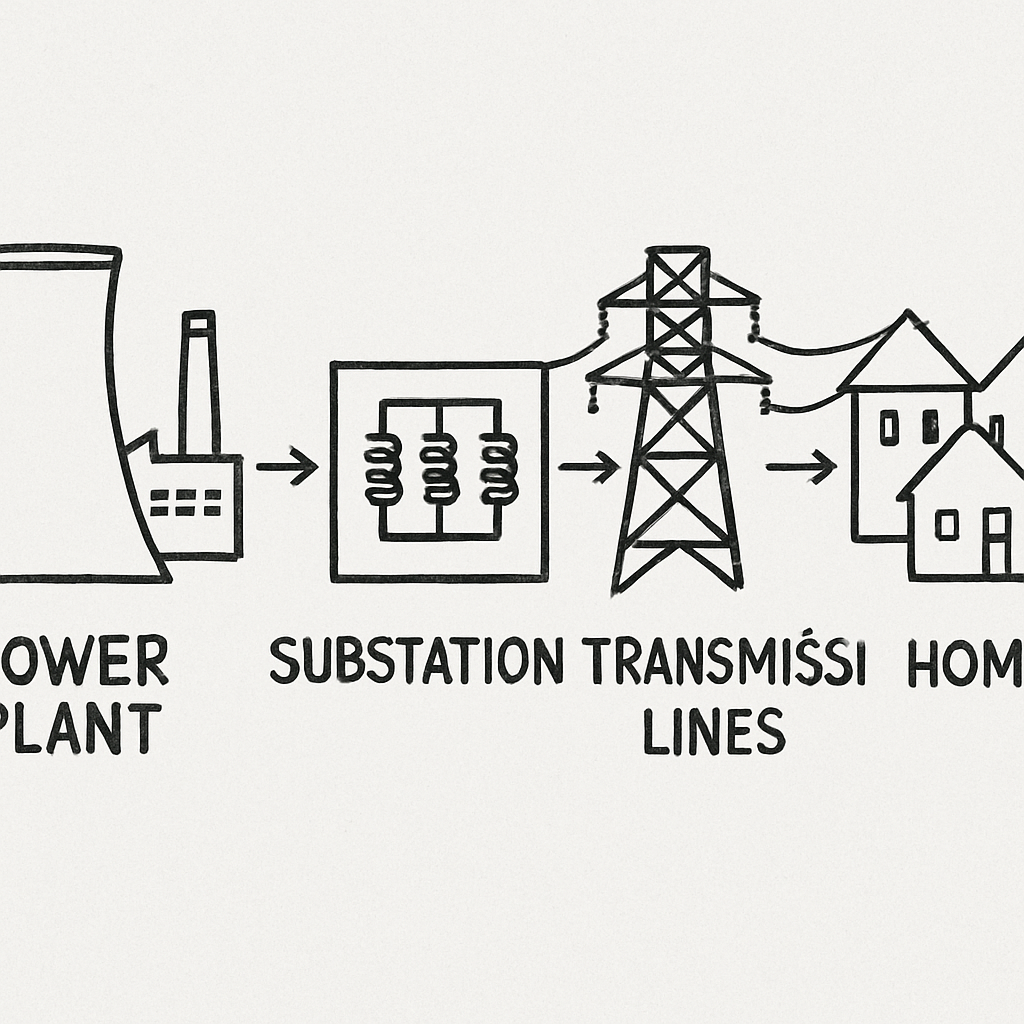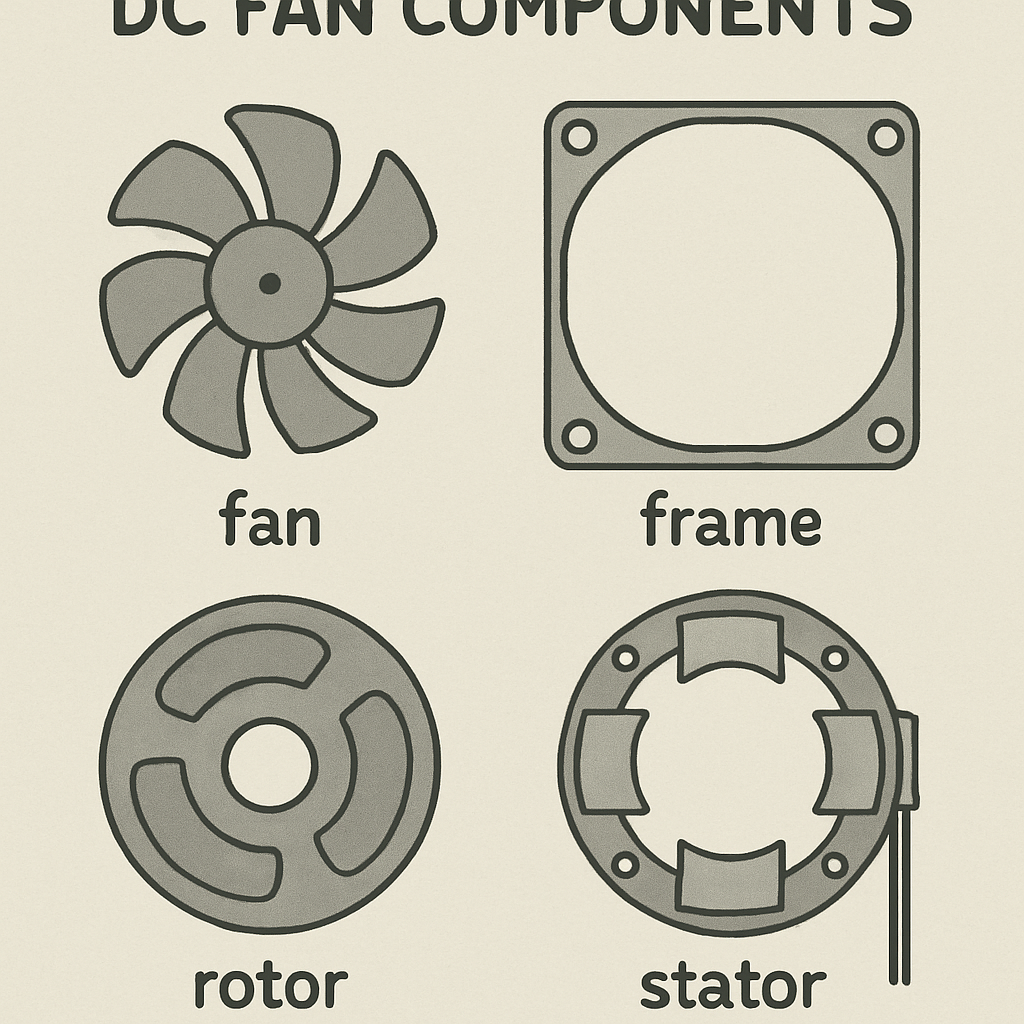Understanding AC DC Fan Wattage Power Usage
Understanding AC DC Fan Power Usage
In the world of home appliances, fans play a significant role in providing comfort, especially during warmer months. However, understanding the power usage of AC and DC fans can be confusing for many homeowners. This article will delve into the differences between AC and DC fan power consumption, helping you make informed decisions about energy efficiency and electricity costs.

Before we dive into fan power usage, it’s crucial to understand the basics of AC (Alternating Current) and DC (Direct Current) power. AC power is the type of electricity typically supplied to homes and businesses by utility companies. It changes direction periodically and is used to power most household appliances.
Conversely, DC power flows in a single direction and is commonly used in battery-powered devices. In recent years, DC technology has been adapted for household fans, offering several advantages in terms of energy efficiency.
Understanding Fan Wattage and Voltage
AC Fan Wattage and Voltage
AC fans operate on the standard voltage supplied to homes, usually around 120 volts in the US or 230 volts in Europe. The wattage of an AC fan typically ranges from 60 to 100 watts, depending on the size and speed settings. Higher wattage means higher power consumption, leading to increased electricity costs.
DC Fan Wattage and Voltage

DC fans, on the other hand, use a lower voltage, often between 12 to 24 volts. They are designed to be energy-efficient, with wattage ranging from as low as 5 watts to about 30 watts. The lower wattage directly translates to reduced power consumption and lower electricity bills.
Comparing AC vs. DC Fan Power Consumption
Energy Efficiency
One of the primary reasons consumers consider DC fans is their superior energy efficiency. A DC fan can consume up to 70% less power than an equivalent AC fan. This efficiency is due to the DC motor’s ability to convert more input power into airflow rather than heat.
Cost of Electricity
With rising electricity costs, understanding your fan’s power usage can help you save money. For instance, if you run a 100-watt AC fan for 10 hours, it uses 1 kWh (kilowatt-hour) of electricity. In contrast, a 30-watt DC fan would only use 0.3 kWh for the same period.
Calculating the cost involves multiplying the kWh used by your local electricity rate. If the rate is $0.12 per kWh, the AC fan costs $0.12 per day, while the DC fan costs just $0.036. Over a month, these savings can add up.
Advantages of DC Fans
Quieter Operation
DC fans tend to be quieter than their AC counterparts due to their design and operation mechanism. They offer a smoother and more consistent airflow, which reduces noise levels – a significant advantage for bedrooms and study areas.
Variable Speed Settings
DC fans offer a wider range of speed settings, allowing for more precise control over airflow and comfort levels. Many DC fans come with remote controls, enabling you to adjust settings without leaving your seat.
Longer Lifespan

by Zendure Power Station (https://unsplash.com/@zendure)
DC motors generally have a longer lifespan as they experience less wear and tear. This durability means fewer replacements and repairs, contributing to lower long-term costs.
AC Fans: When They Make Sense
While DC fans have many advantages, AC fans still have their place. They are often less expensive to purchase upfront and may suffice for areas where noise and energy efficiency are less of a concern, such as garages or workshops.
AC vs. DC Ceiling Fan Power Consumption
Installation Considerations
Ceiling fans are a popular choice for both AC and DC models. When considering installation, it’s essential to assess the wiring requirements. DC fans often require a separate power adapter, which might necessitate additional installation steps.
Usage and Efficiency
In terms of efficiency, DC ceiling fans outperform AC models. They use less power and offer more speed options, making them ideal for energy-conscious homeowners. However, if your primary concern is the initial cost, an AC ceiling fan might be more appealing.
Choosing the Right Fan for Your Needs
When selecting between AC and DC fans, consider the following factors:
- Budget: DC fans might be more expensive upfront, but they offer long-term savings on electricity bills.
- Location: Determine whether you need a fan for a noise-sensitive area.
- Usage: Consider how often and how long the fan will be used daily.
Conclusion: Energy-Efficient Fans
Understanding AC and DC fan power usage is crucial for making informed decisions about which type of fan to purchase. DC fans offer significant advantages in energy efficiency, noise reduction, and lifespan, making them a wise investment for energy-conscious households. However, AC fans remain a viable option for those on a tighter budget or with specific installation needs.
By considering your specific requirements and the differences in power consumption, you can choose the right fan that balances comfort, efficiency, and cost.


